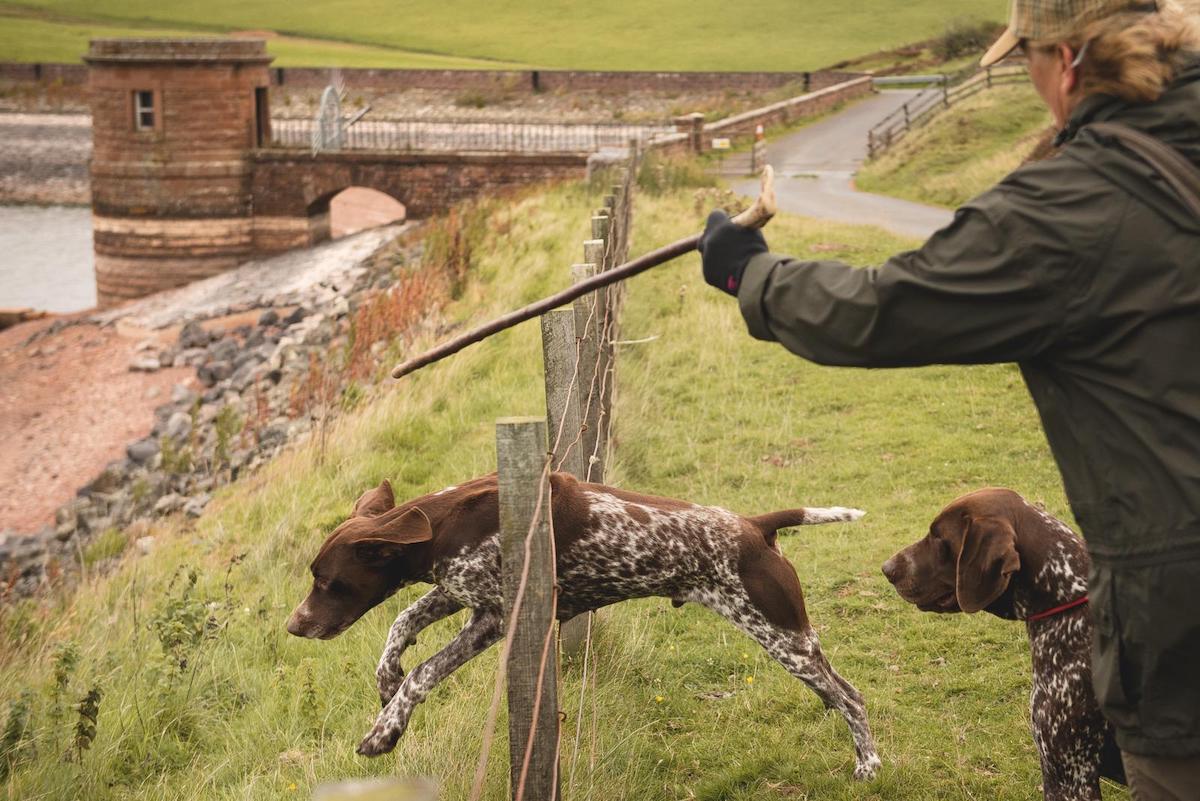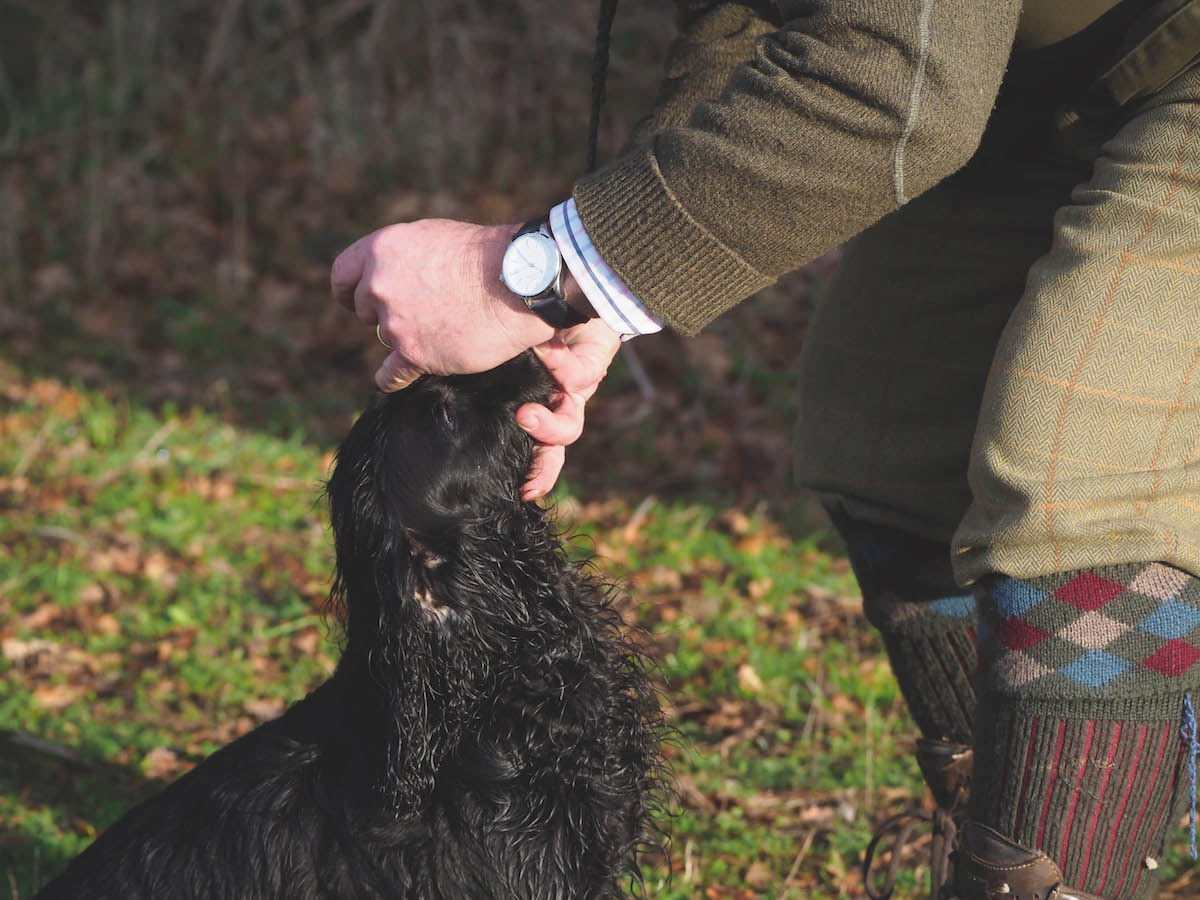Sleeping dogs, their positions and what they may be dreaming about
Tony Buckwell talks sleeping dogs

Dogs spend as much as half of their day asleep
Q: Our dog has started to sleep on his back. Is there any obvious reason for him to do so and should we be concerned?
A: Dogs are likely to sleep on their backs for a variety of reasons and it is not necessarily anything to be concerned about. Indeed, back sleeping can be quite normal for many dogs. Back sleeping allows your dog to completely relax his muscles. In this position, there is no extra tension or pressure on his muscles and joints. Many sleeping dogs find it very comfortable.
If he is an ageing dog that has started sleeping on his back, it would be worth checking if he has arthritis, as this pose relieves pressure on arthritic joints. When your dog sleeps on his back in his bed, he is telling you that he is completely safe and secure in his surroundings. The vital abdominal organs are not protected like those in the chest, so laying on the back can be a vulnerable position. The position is also a submissive posture, so dogs will roll on their back in social situations to show that they aren’t a threat.
Another thing to bear in mind is that dogs only have sweat glands in their paws. By sleeping on his back, your dog is allowing for maximum paw pad exposure and most dogs have a thinner hair coat on their belly. By sleeping on his back and exposing his abdomen, he allows for better thermoregulation. If you notice your dog sleeping on his back more in hotter months or if he is predisposed to overheating, try opening a window near where he sleeps, or otherwise provide him some other means to help cool off.
What do sleeping dogs dream about?
Q: I like to think my Labrador dreams; he will occasionally twitch, paddle with his legs and sometimes give out one or two “woofs” while asleep. Is he chasing rabbits?
A: Whether or not dogs dream isn’t known with any scientific certainty; however, it is difficult to imagine that they don’t when they demonstrate behaviours in their sleep that resemble what they do when fully awake.
Psychology Today says: “During sleep the brain wave patterns of dogs are similar that of people, and go through the same stages of electrical activity observed in humans, all of which is consistent with the idea that dogs are dreaming.”
The difference between dreams and fits
It is certainly possible to distinguish the signs associated with dreaming from those of a fit or seizure; particularly if you have ever witnessed a dog having a fit. For instance, dogs always have dreams while asleep; they commonly have a fit while awake. The eyes of sleeping dogs will usually be partially closed while having dreams and they will look calm and relaxed. A dog’s eyes will typically be wide open during a fit.
Dogs may salivate, vomit and defecate while having a fit. This doesn’t happen during a dream. Dogs’ leg movements while asleep tend to look like they might be running, “chasing a rabbit”, while during a fit the leg movements are stiffer and more rigid and there will be more violent muscle activity, uncontrollable shaking and thrashing about. These motions while asleep are typically gentler and quite brief, whereas seizure activity lasts much longer.
Sleeping dogs are easily woken when dreaming and behave normally once awake. Seizures cannot be interrupted and the dog is usually disorientated and confused immediately afterwards.








